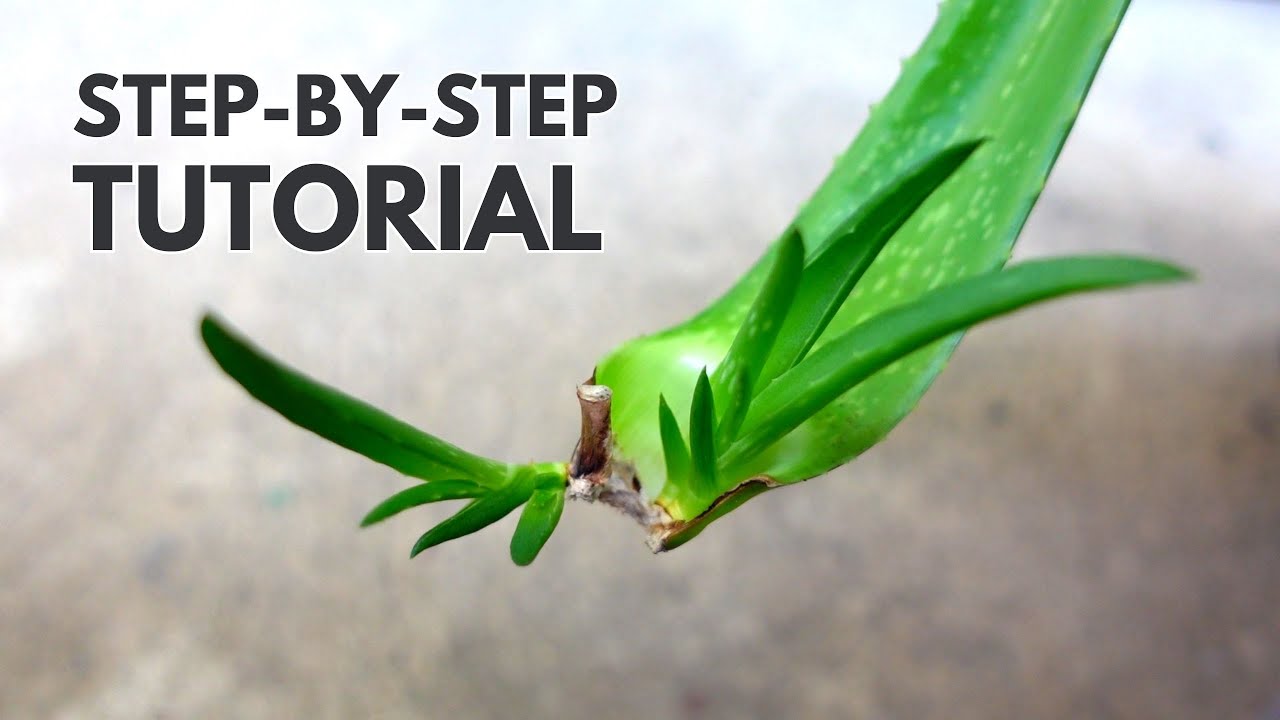Can You Propagate Aloe? A Step-by-Step Guide to Aloe Vera Propagation
The allure of Aloe Vera extends beyond its striking appearance and renowned health benefits. This succulent, with its thick, fleshy leaves and unique rosettes, has captivated plant enthusiasts and casual gardeners alike. Among its many virtues, the ability to propagate Aloe Vera easily is a phenomenon that invites curiosity. Propagation not only allows enthusiasts to propagate plants for their own enjoyment but also serves as a means to share this remarkable plant with others. Let’s explore the multifaceted process of Aloe Vera propagation in a detailed, step-by-step manner.
Understanding Aloe Vera’s Growth Dynamics
Before delving into the propagation process, it is essential to understand the intrinsic growth behavior of Aloe Vera. This plant produces offsets, commonly referred to as “pups,” which emerge at its base. These pups are identical genetic replicas of the parent plant, making them an excellent choice for propagation. Over time, a single Aloe Vera can transform into a small colony, showcasing both its impressive growth potential and ability to thrive in diverse environments.
Another significant aspect is the adaptability of Aloe Vera to varying conditions. While they are predominantly found in arid regions, they can also flourish indoors, given the right light and care. This capacity for resilience is yet another reason for the fascination surrounding Aloe Vera; it symbolizes survival and the beauty of nature’s ingenuity.
Preparing for Aloe Vera Propagation
Before initiating the propagation process, preparation is paramount. Gather the necessary tools and materials, which include:
- Sharp sterilized knife or garden shears
- Well-draining potting soil, ideal for succulents
- Small pots or containers
- Rooting hormone (optional)
- Watering can or spray bottle
Make sure that your cutting tools are clean to prevent the introduction of diseases. Deciding on the right time to propagate is equally essential. Spring and summer are generally considered optimal, as these seasons provide a warmer environment, encouraging rapid growth.
Step-by-Step Guide to Propagating Aloe Vera
Once preparation is complete, follow these steps to effectively propagate Aloe Vera:
1. Selecting the Right Aloe Vera Plant
Choose a healthy parent plant that displays robust growth and vibrant coloration. Avoid plants that show signs of damage or disease, as this may jeopardize the success of propagation. Look for pups that are at least a few inches tall, as they are more likely to survive transplantation.
2. Detaching the Pups
With your sterilized knife, carefully separate the chosen pup from the parent plant. Ensure you make a clean cut, doing your best to leave some roots attached to the pup. If the pup is stubborn, gently twist it off, being cautious not to damage the parent plant or the pup itself. This step is crucial, as a well-rooted pup has a better chance of thriving.
3. Allowing Cuts to Heal
After detaching the pup, let it sit in a shaded area for a day or two. This process allows the cut surface to callous over, reducing the risk of rot when planted. Patience in this stage is vital for the overall health of the new plant.
4. Planting the Pup
Once the cut has healed, select a small pot filled with well-draining potting soil. Make a small hole in the center of the soil and gently place the pup into the hole. Lightly press the soil around the base, ensuring that the pup stands upright without being overly compacted. Avoid burying the leaves as this can cause them to rot.
5. Watering and Monitoring
Initially, avoid excessive watering. Instead, lightly mist the soil surface to encourage moisture without promoting rot. Over the next few weeks, monitor your new plant, ensuring it receives sufficient light, ideally bright indirect sunlight. Gradually increase the watering frequency as the pup establishes roots.
Nurturing Your New Aloe Vera Plant
Once your pup has developed a robust root system, it can be treated as a mature plant. Adopt a regular watering schedule that allows the soil to dry out between waterings, as Aloe Vera is particularly susceptible to overwatering. Fertilizing with a diluted succulent fertilizer during the growing season can also promote healthy growth, adding vitality to your thriving succulent.
Common Challenges and Resolutions
Final Thoughts
Propagation taps into a deeper appreciation for the resilience and adaptability of nature. Aloe Vera serves not only as a remarkable botanical specimen but also as an empowering project for plant enthusiasts. Whether you propagate for personal enjoyment or to share the bounty of Aloe with friends, the experience elicits a sense of satisfaction and connectivity. As you nurture your new Aloe plants, you’re not just cultivating greenery; you’re fostering a deeper connection with the natural world, embracing its mysteries and marvels.





Leave a Comment